Apple reported the biggest quarter in its company's history on Monday, selling nearly 100 million iPhones and iPads to earn $74.6 billion in quarterly revenue. Following the announcement, executives from the company participated in a conference call with analysts and the media, and notes of interest follow.
Apple sold 74.5 million iPhones in its first quarter of fiscal 2015, leading it to $18 billion in profit. Participating in Monday's call were Apple Chief Executive Tim Cook, and Chief Financial Officer Luca Maestri.
Highlights
- Apple sold over 34,000 iPhones every hours, 24 hours a day, every day of the quarter.
- Apple shipped its one-billionth iOS device last quarter - a 64-gigabyte iPhone 6 Plus.
- Cook revealed that Apple Watch is expected to ship in April.
- Apple ended the quarter with $179 billion in cash, up from $155.2 billion in the previous quarter
Apple's iPhone business
iPhone 6 was the most popular model last quarter, but all of them did well, Cook said.
Some geographies skewed higher on their preference to iPhone 6 Plus than others. "It's something that is not consistent around the world," Cook said.
Unsurprisingly, Apple declined to offer a breakdown of sales of the iPhone 6 vs. iPhone 6 Plus.
Apple just recently became in balance on demand for the iPhone 6 and iPhone 6 Plus in January, but it wasn't able to achieve that in the December quarter.
Cook said Apple is "incredibly bullish" about iPhone going forward. He noted that "only a small fraction" of the existing iPhone install base has upgraded to the latest models.
iPhone 6 and iPhone 6 Plus attracted more customers new to iPhone than any other product launch. Also had the highest Android switcher rate of any of the previous three years.
Apple's iPad business
Maestri cited a ChangeWave survey that found 98 percent customer satisfaction with the iPad Air.
More than 70 percent of tablet-based Web traffic is said to come from the iPad, according to data from Chitika.
82 percent of all U.S. e-commerce transactions from tablets come from iPads as well.
IBM also found that iOS devices are responsible for twice the online traffic and four times the commerce sales of Android-based devices.
Despite declining sales, Cook continues to characterize himself as "bullish" and "optimistic" on the platform. He said he doesn't expect to see a "miraculous change" in year over year sales in the short run.
First-time buyer rates are very high for the iPad, Cook said. In the U.S., 50 percent of buyers are getting their first iPad, and in China it's over 70 percent.
Usage of the iPad is six times Apple's nearest competitor.
Cook said he also is excited about what's in the iPad pipeline, but he's not projecting a big change in the next few quarters. Instead, Cook said he's focused on the long run.
The upgrade cycle for the iPad is longer than the iPhone, "probably between an iPhone and a PC," Cook said.
Apple Watch
Cook said he uses his every day, he loves it, and he can't live without it.
When asked about the timing of the launch (April), Cook said he views the first four month of the year as the "early" part of the year, and the Apple Watch launch is right on schedule.
Cook said he has high hopes for the launch of the Apple Watch, and indicated that initial developer support has been strong.
Apple's still in the "first inning" on Apple Pay, and the company has "tons" they're planning adding to it in the future, Cook said.
Apple's iTunes and App Store businesses
App Store revenue was up 41 percent in the December quarter.
Total sales of media and software from iTunes were $2.6 billion, compared to $2.4 billion in the year-ago quarter.
Swift, HealthKit, HomeKit & CarPlay
Cook said Apple was "blown away" by developer response to HealthKit, and he expects it to have a "profound effect" on the company's ecosystem.
According to Cook, Swift is already among the most popular programming languages.
In particular, he highlighted work in education being accomplished with Swift.
Cook also spotlighted HealthKit, which has more than 600 developers already integrating into their apps.
The CEO noted that customers can share healthcare data with their physicians, allowing doctors to reach out proactively when problems are spotted.
HomeKit and CarPlay were also spotlighted by Cook, who said that more than 30 automotive companies are bringing CarPlay products to market this year.
Apple Pay
2015 will be "the year of Apple Pay," Cook said.
Three months after launch, Apple Pay is responsible for more than two out of three contactless payment dollars across all networks.
Panera Bread has seen Apple Pay take over 80 percent of their mobile payments.
Whole Foods has seen contactless payments increase by 400 percent thanks to Apple Pay.
Enterprise and IBM
Apple's partnership with IBM has been winning over new customers, Cook said. Apple plans to have 100 enterprise-specific apps through its collaboration by the end of 2015.
More than a dozen "foundational customers" have signed on to Apple and IBM's iOS in the enterprise initiative. Customers spotlighted by Cook include Miami-Dade County and American Eagle Outfitters
IBM is engaged with more than 130 companies looking to adopt Mobile First for iOS solutions.
Apple's Mac business
Mac units were up 14 percent to 5.5 million. Revenue set an all-time record for the Mac platform.
Apple's retail business
Opened 10 new retail stores during the quarter, to a total 447 stores — Â 182 outside of the U.S.
Two stores opened this month in Greater China. Apple is on track to have 40 stores in Greater China.
Apple's second quarter of fiscal 2015
Apple will provide an update to its capital return program again in April, as it has done in years past.
The company has guided revenue between $52 billion and $55 billion, gross margin betwen 38.5 percent and 39 percent.
 AppleInsider Staff
AppleInsider Staff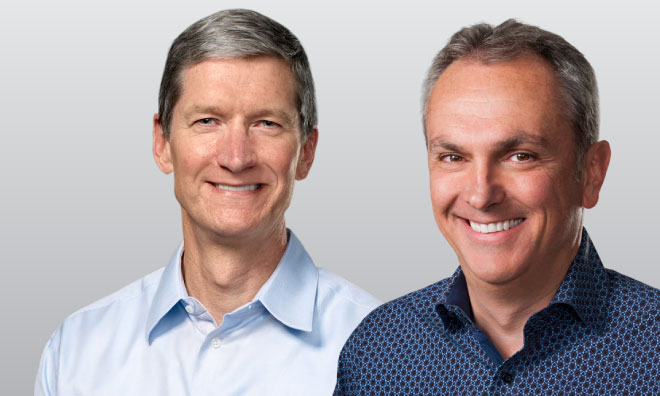


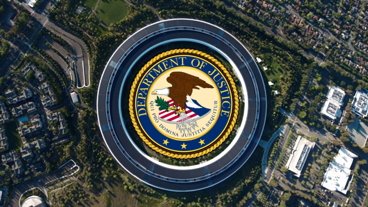



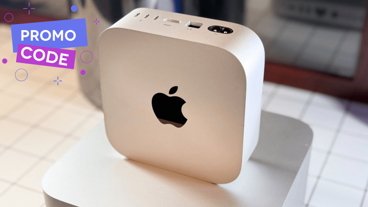






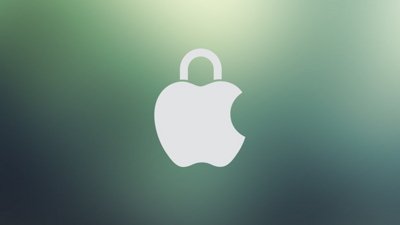
 Chip Loder
Chip Loder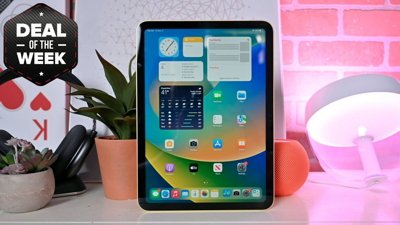
 Christine McKee
Christine McKee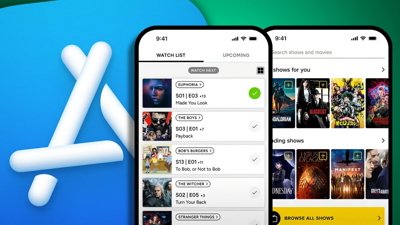
 Malcolm Owen
Malcolm Owen
 William Gallagher
William Gallagher


 Andrew Orr
Andrew Orr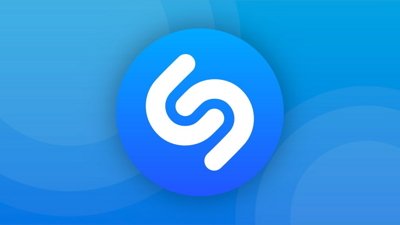
 Amber Neely
Amber Neely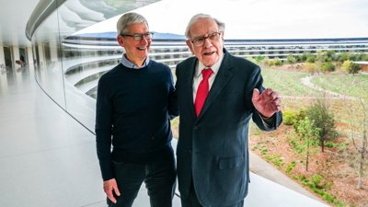
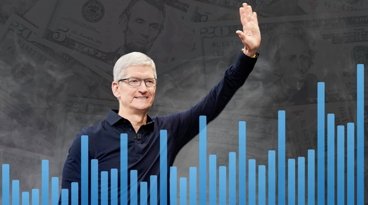
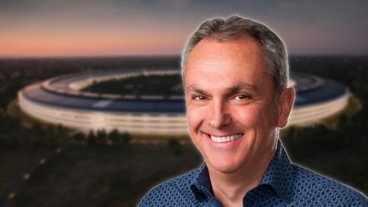






19 Comments
?Watch launches in April.
To quote Steve: "Boom."
anybody else having problems connecting to the audio - going to start crying soon
Cook needs to start building the expansion to the gold coin swimming pool.